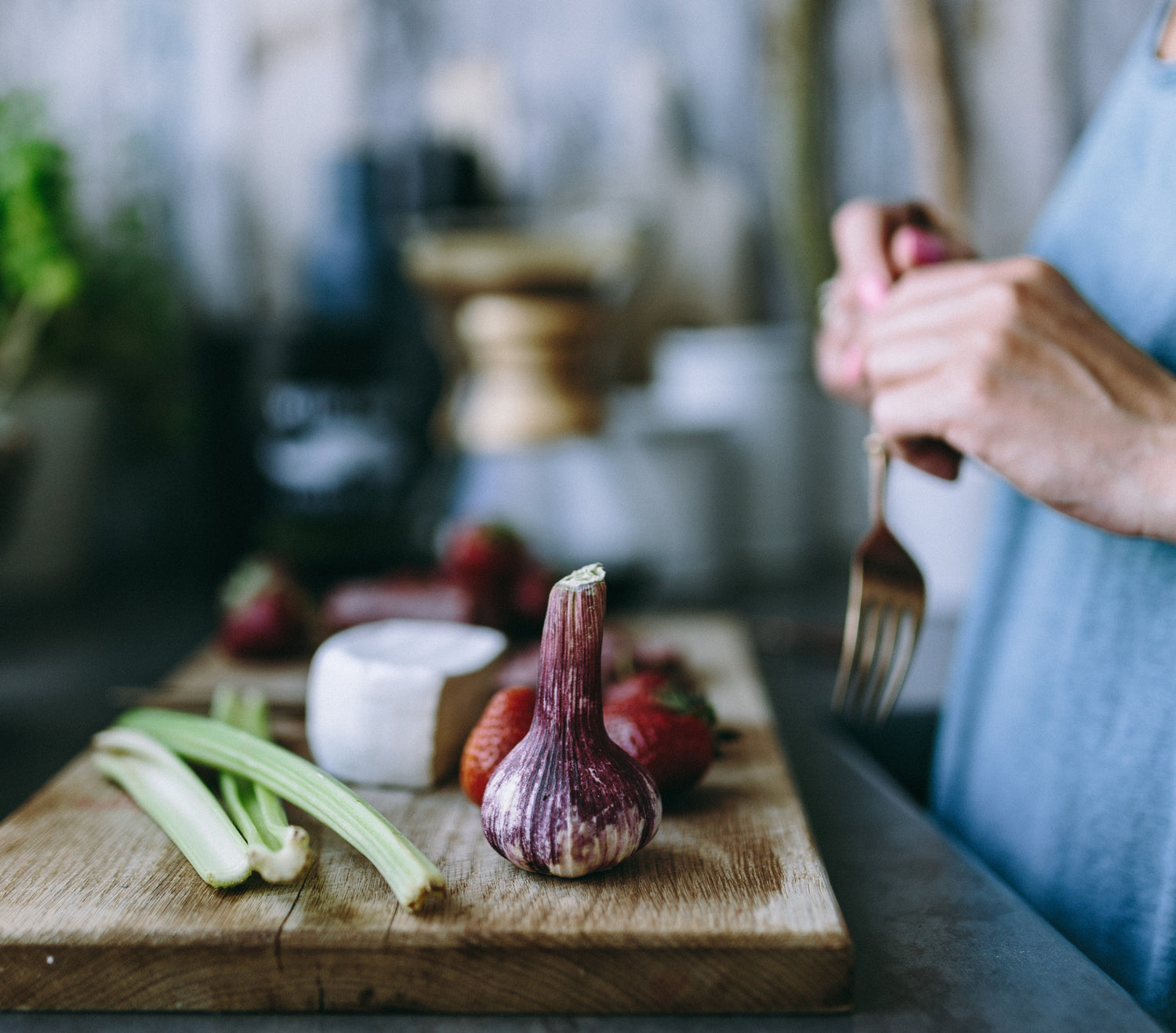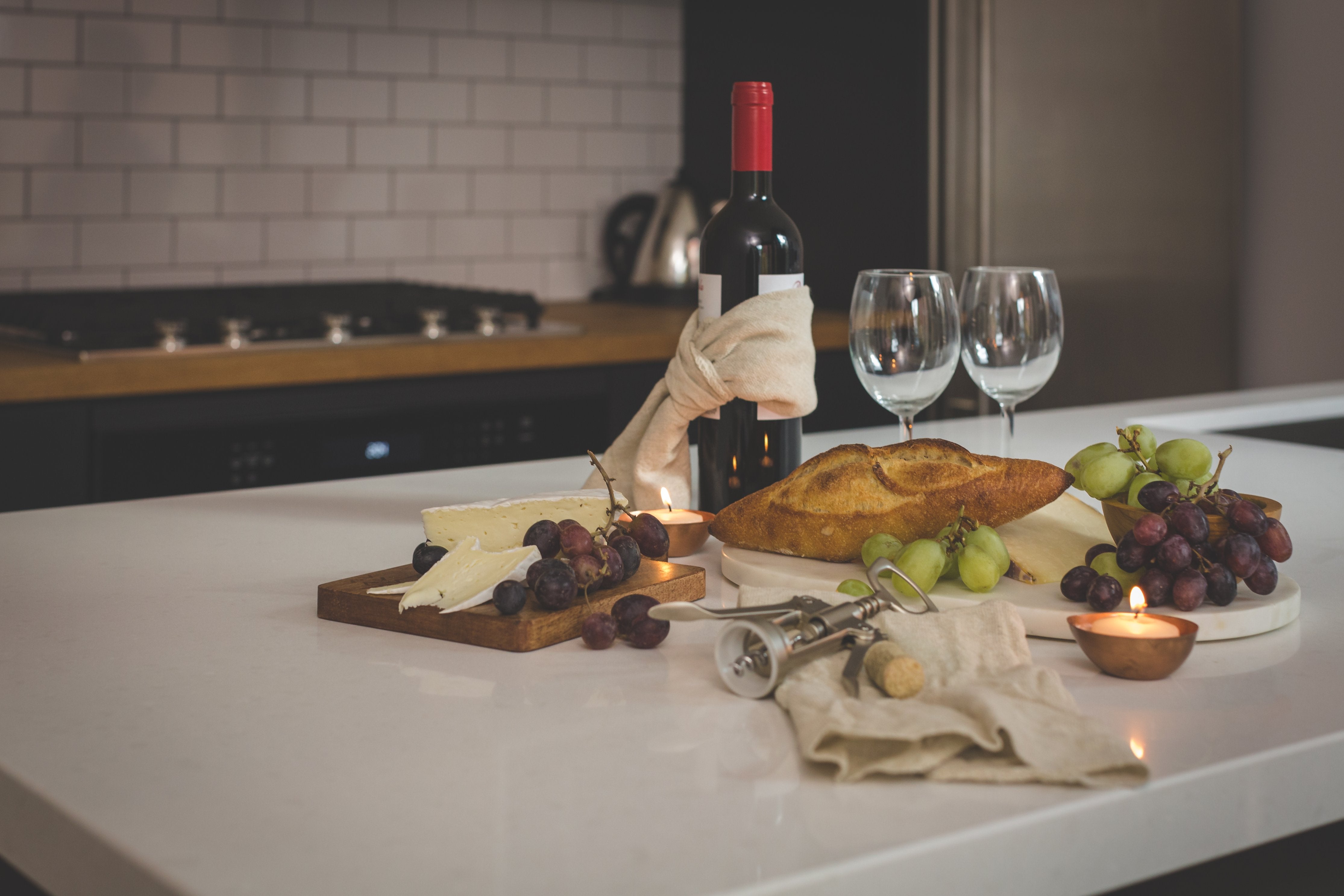The kitchen is often a hive of activity: an area to cook, eat and entertain. With such a diverse range of functions, it is key to identify the most practical kitchen lighting solution for each. To do this, it may help to break your room into zones or areas. You may have a prep zone, dining area, gin corner, each with its own requirements.
Of course, each home is different and each kitchen is unique, so it is key to pinpoint your own needs when planning a revamp of your kitchen lighting.
However, there are some general guidelines you can follow regardless of the space you're working with.
 From left to right, © Chris Warnes | © Ivo Tavares, Nuno Silva, Torreira House| © Photography by Anna de Leeuw, Jan de Jong Interieur
From left to right, © Chris Warnes | © Ivo Tavares, Nuno Silva, Torreira House| © Photography by Anna de Leeuw, Jan de Jong Interieur
 Images courtesy of, from left to right, © C & C Kitchens | © Beacon Lighting | © Raquel Langworthy Photography | © C & C Kitchens
For ambiance, these areas benefit from warm lamps which can help to create a relaxed atmosphere and cosy feel.
Images courtesy of, from left to right, © C & C Kitchens | © Beacon Lighting | © Raquel Langworthy Photography | © C & C Kitchens
For ambiance, these areas benefit from warm lamps which can help to create a relaxed atmosphere and cosy feel.
Our Key Kitchen Lighting Considerations
1. Light in layers
Once you’ve established a few zones, it’s time to think about what form your lighting should take. Generally speaking, you will be looking to add at least 2 of the following -general lighting -task lighting -accent lighting By thinking in zones, you should consider the most appropriate type of lighting for each space. An effective lighting design will make use of multiple sources each fulfilling varied functions.2. Take the task to task
When prioritising the lighting for your kitchen space, task lighting is often top of the list. Good task lighting should be attractive and directed at main workspaces avoiding harsh shadows and distortions. In the wrong light, a finger and a carrot can look dangerously similar, position your lighting correctly to avoid dicing your digits. Under cabinet lighting can remove those pesky shadows and flexible spotlights can be a great addition. From left to right, © Chris Warnes | © Ivo Tavares, Nuno Silva, Torreira House| © Photography by Anna de Leeuw, Jan de Jong Interieur
From left to right, © Chris Warnes | © Ivo Tavares, Nuno Silva, Torreira House| © Photography by Anna de Leeuw, Jan de Jong Interieur3. Manage the mood
With task lighting ticked off, it’s time to look at your remaining requirements. The line between general and accent lighting can occasionally blur and, depending on the space, both can be fulfilled by the same fixture(s). If you have a dining table or island, this will be the focal point of your accent lighting. If positioned centrally in the space, the output from this unit will most likely perform a general lighting role for the room. A row of pendants can add visual variety and are a nice departure from spotlight clusters. It’s important to ensure that each bank of lights has a separate control, this allows you to change the mood and function of the room at the flick of a switch. An additional dimmer for the dining area is a great idea, allowing you to dial up the romance when the mood strikes. Images courtesy of, from left to right, © C & C Kitchens | © Beacon Lighting | © Raquel Langworthy Photography | © C & C Kitchens
Images courtesy of, from left to right, © C & C Kitchens | © Beacon Lighting | © Raquel Langworthy Photography | © C & C Kitchens





Leave a comment
This site is protected by hCaptcha and the hCaptcha Privacy Policy and Terms of Service apply.